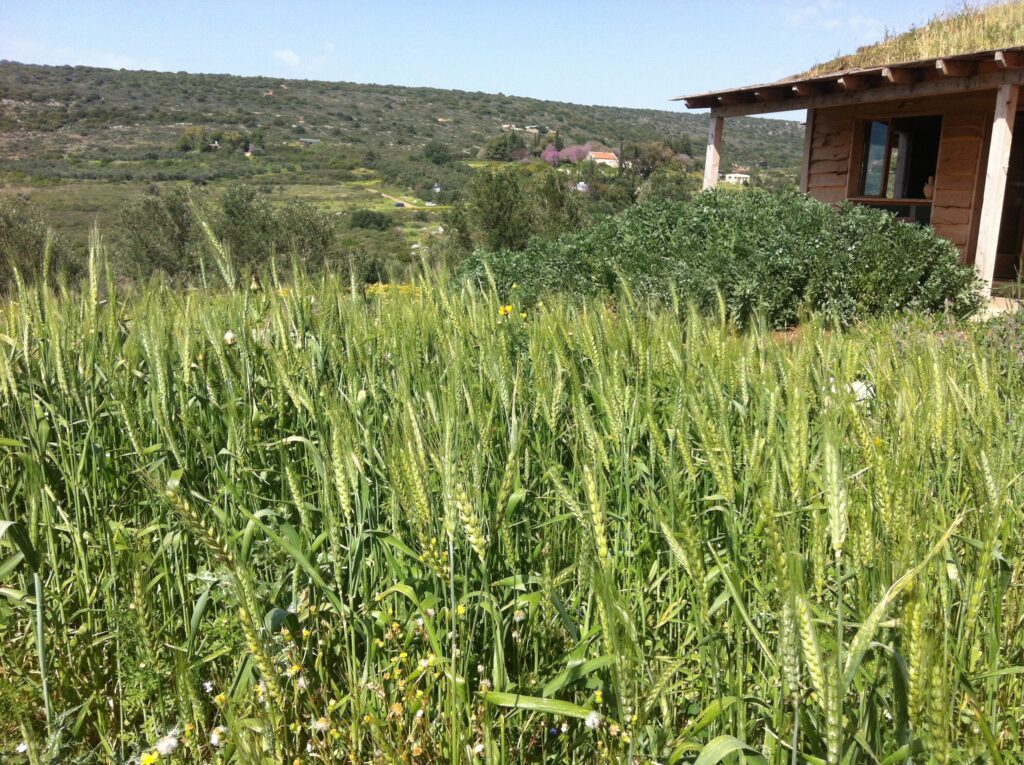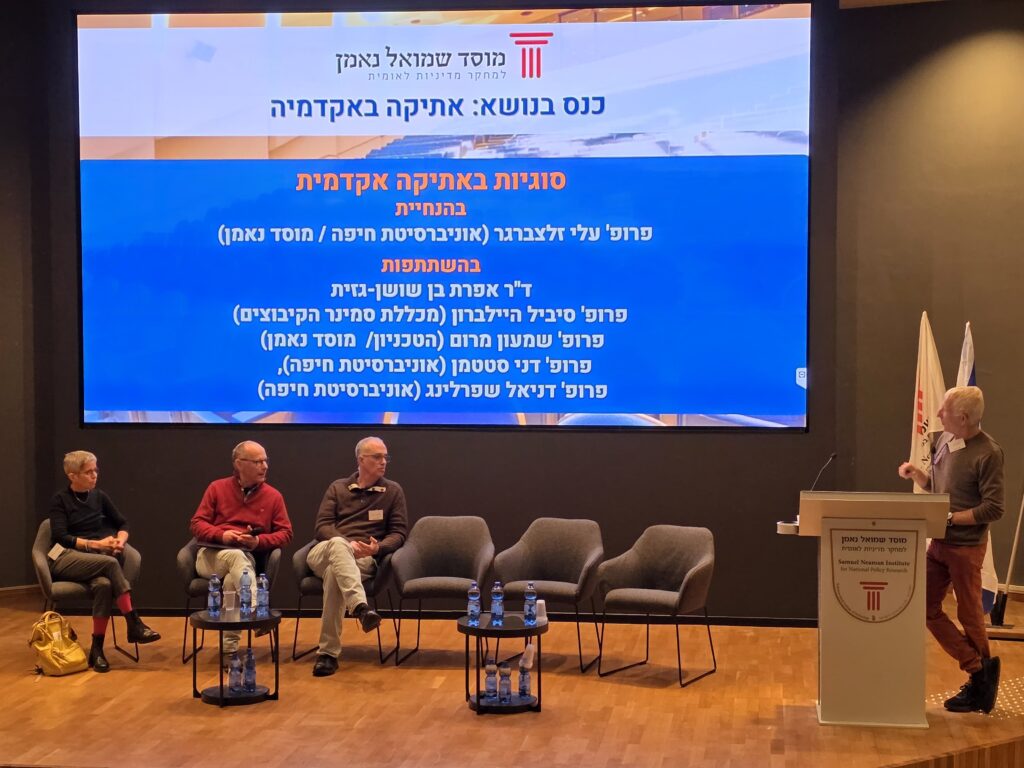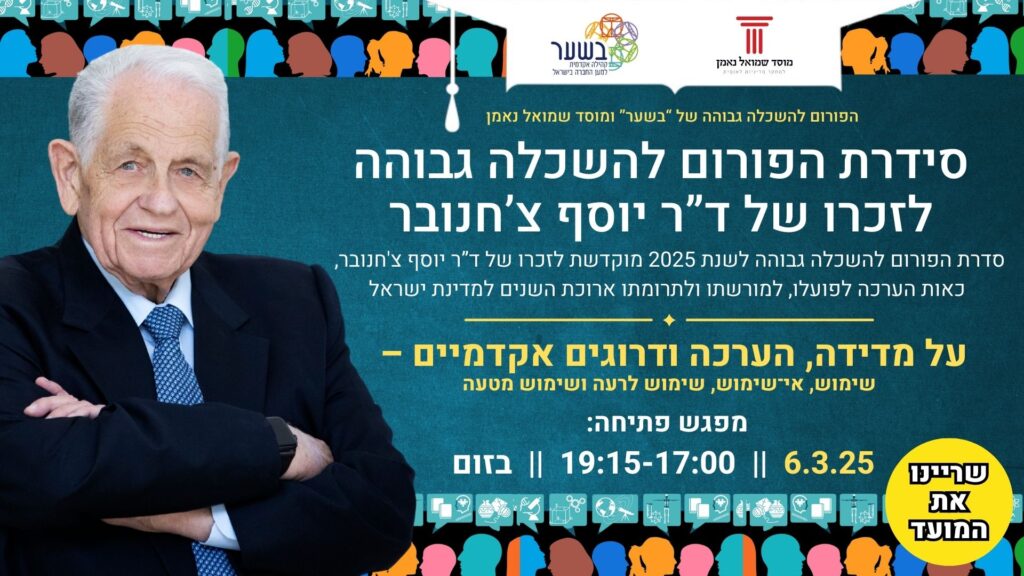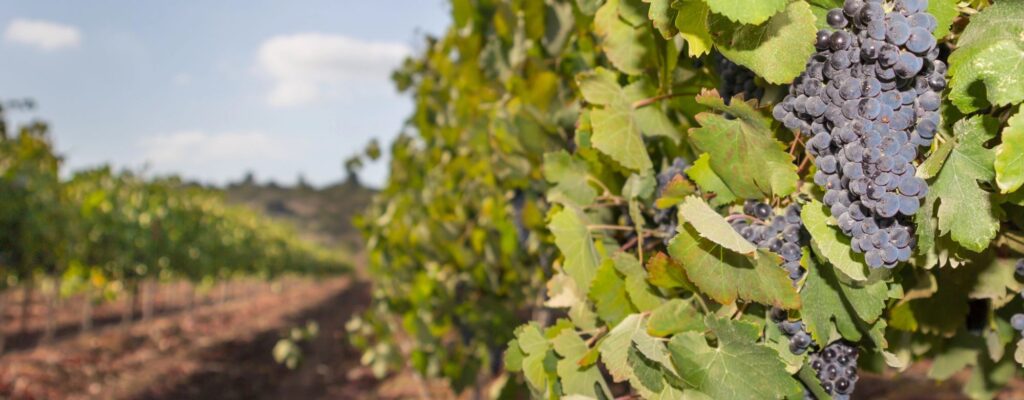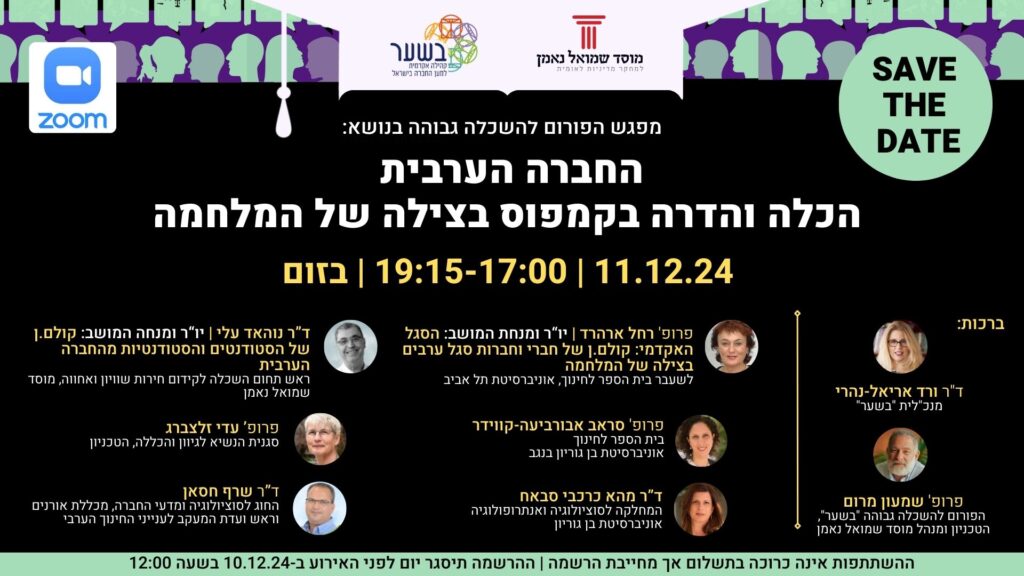בשנים האחרונות, עולה דרישה ממדענים להנגיש את המדע לציבור הרחב, הן לצורך קיום וקידום של חברה תומכת ומקדמת ידע והן לצורך קבלת תמיכה ולגיטימציה מהציבור לעיסוק במדע. תקשורת מדע מתייחסת ליכולת להשתמש בשפה מובנת לקהל הרחב, לצורך דיון מדעי עם ציבור שאינו שייך לקהילה המדעית.
מטרת המחקר הנוכחי היתה לנתח באופן הוליסטי עמדות בעלי עניין שונים כלפי חשיבות תקשורת המדע, כלפי פלטפורמות תקשורת מדע וכלפי הבניית ושיתוף ידע מדעי. בפרט, המחקר הנוכחי בוחן את תרומת התקשורת בין מדענים לקהילת לומדים באמצעות אתר ‘בשער’, שהינו אתר אקדמי שמאפשר למורים ולתלמידים להפנות שאלות מדעיות באמצעות הרשת לחברי סגל ומומחים מובילים בתחומם.
המחקר כלל 347 נחקרים אשר ייצגו ארבעה בעלי עניין שונים בסדר יורד של רמת ידע ואוריינות מדעית: מדענים, מורים, סטודנטים ללימודי STEM—Science, technology, engineering and mathematics וסטודנטים למדעי החברה, שייצגו את הציבור המשכיל הרחב, שהינו בעל ידע או אוריינות מדעית ברמה נמוכה או בינונית. כל הנחקרים ענו על שאלון או רואיינו. בנוסף, בחקר מקרה השתתפו כ-20 תלמידים שהעלו שאלות לאתר ‘בשער’ וענו על שאלון משוב.
ממצאי המחקר העלו קטגוריות המאפשרות להעריך את עמדתם של בעלי העניין השונים כלפי חשיבות תקשורת המדע (כגון, קבלת תמיכת הציבור), כלפי פלטפורמות תקשורת שונות (כגון, תקשורת ההמונים) וכלפי הבניית ושיתוף ידע מדעי (כגון הגברת העניין במקצועות מדע). ממצא חשוב שנמצא מתייחס לכך שעמדות בעלי העניין נעו מהעדפה לתקשורת חד-כיוונית שהייתה נפוצה בעיקר בקרב מורים, לתקשורת שהינה דו-כיוונית, שהייתה נפוצה בקרב הסטודנטים ל-STEM. עמדות המדענים והסטודנטים למדעי החברה היו בתווך שבין העדפת תקשורת חד-כיוונית לתקשורת דו-כיוונית.
באשר לאתר ‘בשער’, ממצאי המחקר הראו כי רוב התלמידים היו מאוד מרוצים מתגובות המומחים לשאלותיהם והצביעו על תפקיד האתר כמספק מחשבות מומחים אודות שאלות מורכבות. הערכת תגובות המשתמשים הראתה כי האתר בכללותו חיזק את הקשר בין מדענים, מורים ותלמידים ותרם להעמקת הידע המדעי של המורים והתלמידים.



